Did Teddy Roosevelt Wear a Dress as a Kid
It has been said that clothes make the man. Whether this is true or not is irrelevant, but the fact remains that we, as a society, are all aware that appearance is everything; it's the first thing most people notice when looking at someone. Unknowingly, more often than we care to admit, we judge people by what they wear or how they look. It's in our nature and there's nothing we can do about it. In a way, it's a sort of an unwritten rule: if you want to make a killer first impression, you've got to look good.
When it comes to clothing in general, most of us remain confined by the norms and principles that define our gender. It's a distinction made in the broadest spectrum possible. For instance, we often make those stereotypical color associations that relate to gender (blue for boys, pink for girls), or we identify certain kind of clothing as suitable for men or women.
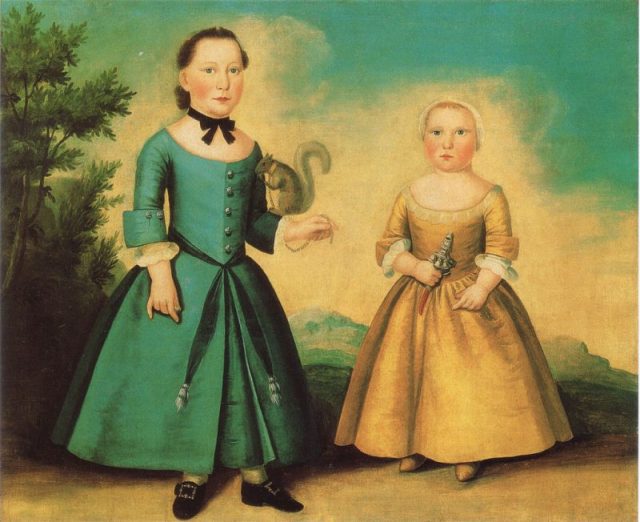
Boston, 1755–1760, boy and (probably) girl
In order to maintain these strict social rules, many would sacrifice their comfort to appease their sex. Just think about it, wearing a dress is absolutely more comfortable than wearing, let's say, jeans. But, for all of us "true" men, that would be quite shocking because we are not prepared to lose our "macho" image over a dress. However, if you were a baby boy in the 19th century you could have easily ended up wearing a dress and that wouldn't be weird in any way. On the contrary, that was a common practice.
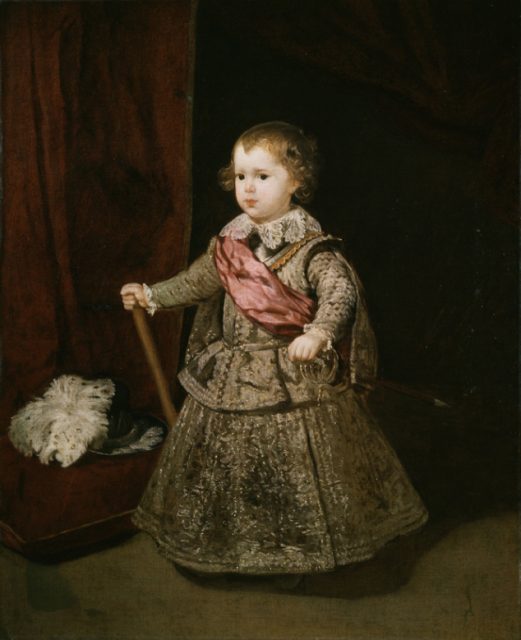
Velázquez. The eldest son of Philip IV of Spain has a sword, Marshall's baton and armour gorget.
Not to get confused, the patriarch system was the norm in the Victorian era and gender roles were extremely polarized. However, young children were left out of the equation. According to most accounts, pictures, and photos, up until the age of seven, gender was apparently not something that parents paid much attention to. The clothes worn by boys and girls were nearly identical, indistinguishable from one another.
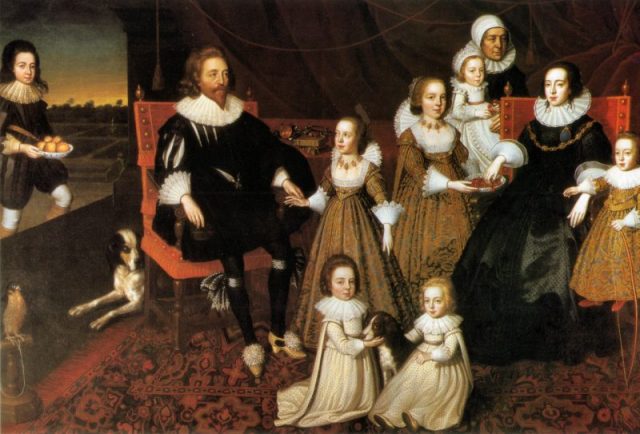
The Lucy family, English c. 1625. Two boys at the front, plus one with his mother, holding a bow as tall as himself. The baby with the nurse may be a boy.
Chances are great that you've accidentally stumbled upon an image of a Victorian-era toddler boy wearing a dress, you've probably mistaken it for a girl.
Victorian vulgarities everyone should know
Even some of the most famous individuals of the 20th century, including Ernest Hemingway and Franklin D. Roosevelt, had their picture taken wearing white skirts that were considered gender-neutral for the time period.
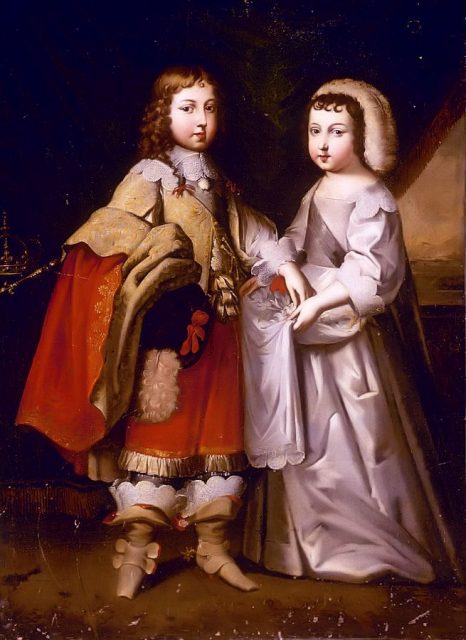
Louis XIV and his unbreeched brother. In French royal portraits gender can be hard to tell, except by the absence of jewellery (1640s)
Many people would find this practice peculiar today and perceive it as feminine, but the explanation behind why this was done the way it was is very simple and it is due to pragmatic reasons.
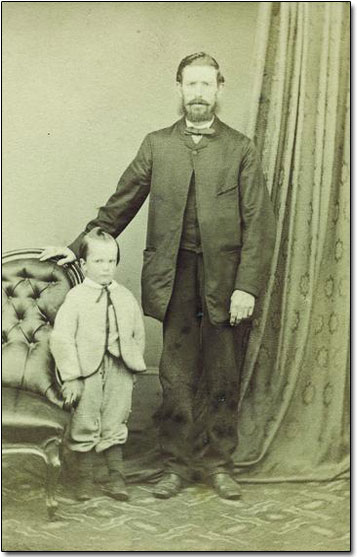
English breeching portrait, with knickerbocker suit, c. 1867.
Imagine being a parent in an era when zippers and snaps were yet to be invented and the pants that were available were too complicated and had too many accessories, which made it almost impossible for a small boy to put them on all by himself. What would you do? One alternative would be to dress your toddler boy by yourself, spending quite some time doing it. But Victorian-era parents had another method and frankly, it was much more effective.
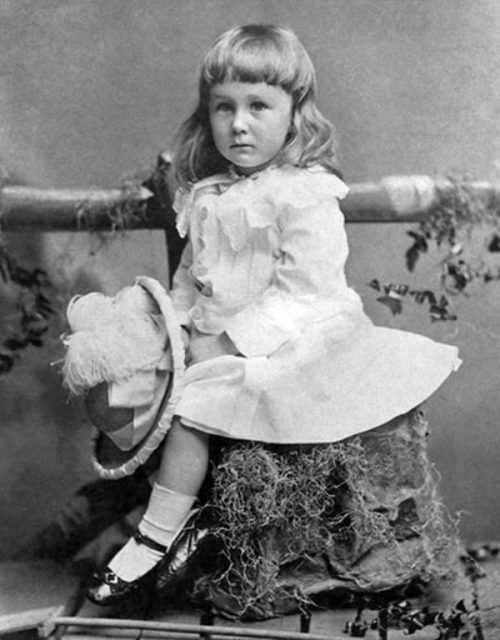
Franklin D. Roosevelt in 1884, at the age of 2.
Dressing boy toddlers in dresses made the process of potty training significantly easier and much more flexible. Parents were able to change the toddler's diapers without the need of undressing them. Just lifting their skirts up would suffice. Additionally, the flexibility of the dresses allowed them to be worn from infancy to about age six or seven.
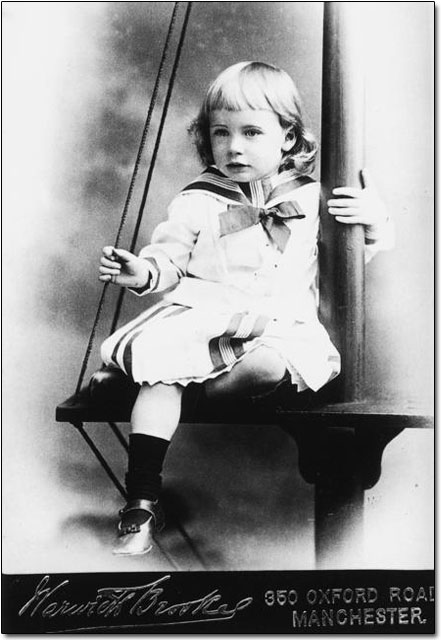
Sailor-style dress on boy, late 19th century. Evidently sufficiently common that the photography studio has a mast prop ready.
It was around this time that boys would reach what was known as "the age of reason," which meant that wearing a dress would no longer be necessary. For the family, this was cause for celebration because then the event, known as "Breeching," was set in motion, signifying the boy's step towards manhood.
Related story from us: 17th-century children learned to read with lessons on death, hell, and salvation
The boy would get a haircut and, dressed in pants for the first time, would walk around the neighborhood, showing off his new clothes for everyone to see.
Source: https://www.thevintagenews.com/2018/04/08/breeching-boys-2/
0 Response to "Did Teddy Roosevelt Wear a Dress as a Kid"
Post a Comment